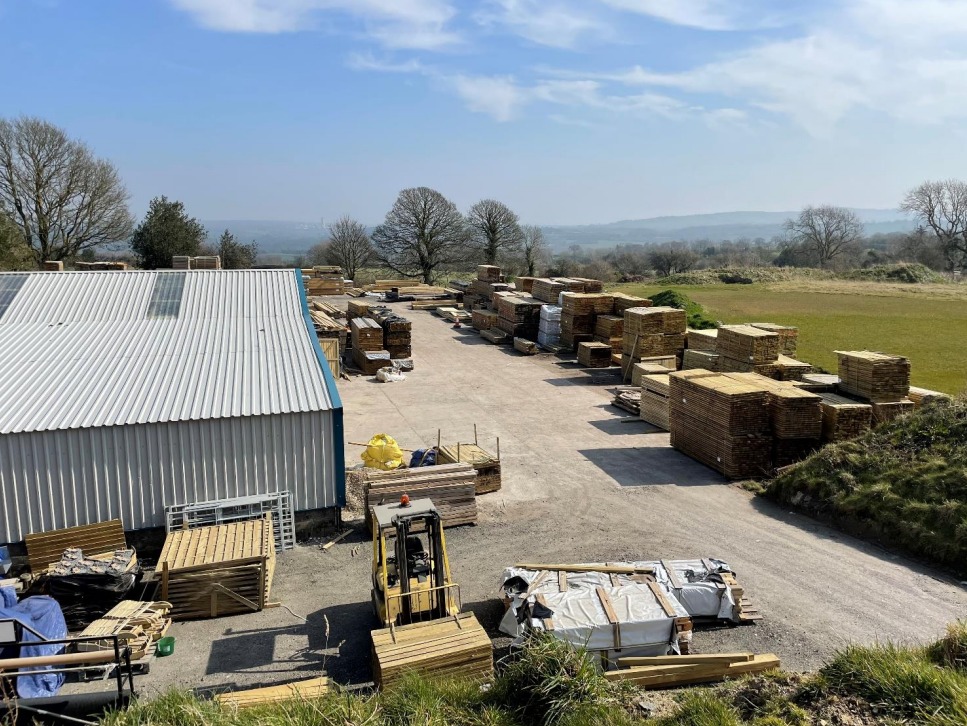PLANS to transform a timber yard near Mold into a site for more than a dozen holiday lodges have been rejected by Flintshire Council.
An application had been made to change the use of the storage facility at Ffordd Glyndwr, Nercwys, so that 15 tourist lodges could be situated there.
But council planners have refused the plans on the basis it could impact open countryside and that the proposal does not comply with Flintshire’s Local Development Plan (LDP) which was adopted in January.
According to the applicants, Siberian Timber (UK) Ltd, the proposed ‘high specification’ holiday lodges would have supported the local tourism industry.
The land, in part, is currently used for the storage of timber and timber products and the rest is low value grasslands.
A similar application submitted for 19 lodges at the same location was refused on ecological grounds last year.
A planning statement submitted with this application said: “Planning Policy Wales highlights the importance of tourism and how it is vital to economic prosperity and can be a catalyst for regeneration, improvement of the built environment and environmental protection.
“It states that the planning system encourages tourism where it contributes to economic development, conservation, rural diversification, urban regeneration and social inclusion.”
“In terms of the design of the lodges, the applicant has been in constant communication with the suppliers to ensure the most appropriate colours and themes are provided.

“It is understood that the preferred colours for the lodges would be brown – this is based on the consultee responses for the previous applications on site. The applicant is happy to be advised during the post-submission stage as to the preferred colours on site.”
But objections to the plans were raised by Gwernymynydd Community Council and concerns were also expressed that proposed new access roads and drainage would be to a site of archaeological interest.
The area to the east of the site contains buildings relating to the East Maes‐hafn lead mine dating to the latter part of the 19th century and include a mine pump engine building, shafts and other buildings.
Clwyd Powys Archaeological Trust advised there must be no attempts to ‘maintain/tidy up’ the former mine and engine house area which result in any ground reduction works or works that directly impact the surviving engine house remains, and only minimal surface vegetation clearance with a mower, or strimmer, would be acceptable.
Ultimately, planning officers decided the proposals for tourism use of the site were not in line with the LDP.
The council’s planning officer report states: “Whilst it is considered that the previous reason for refusal has overcome there has been a material change in the circumstances of the application as a new development plan has been adopted covering the site.
“It is considered that the proposal would be contrary to the placemaking objectives of the new policies, with regard to new permanent tourism sites.
“The site is considered to not be a site where it is essential that the proposal is sited, and that there are no geographically restricted resources that this site lends to the proposal that would override the general policy of rural restraint.
“In addition insufficient information has been submitted with regard to land stability, or the impact of phosphates arising from the site and in combination with other discharges to ground in the locality, upon the integrity of the Riverine SAC.”
The plans were rejected in a delegated decision signed off by the council’s chief planning officer Andrew Farrow.



















